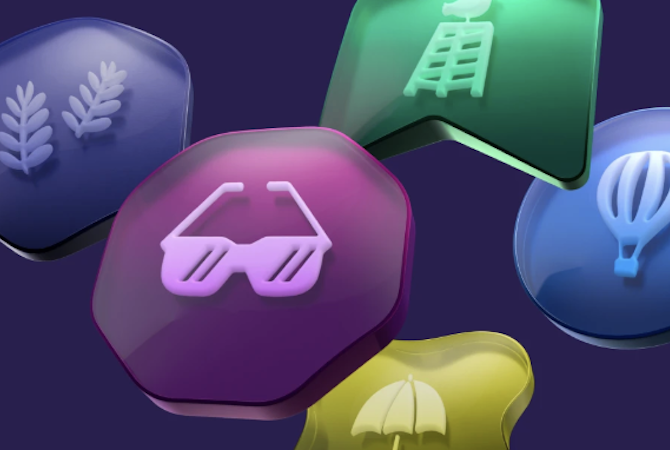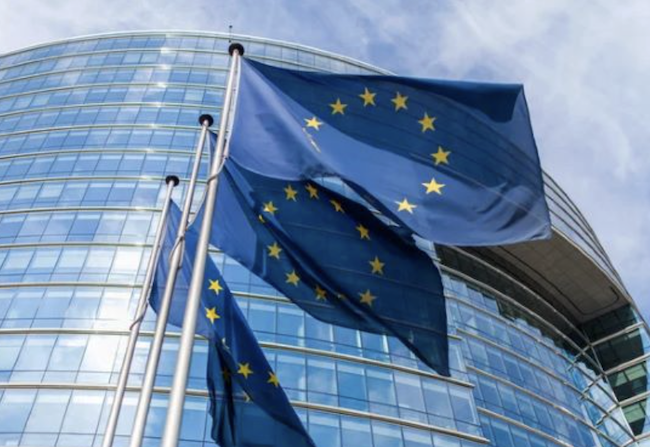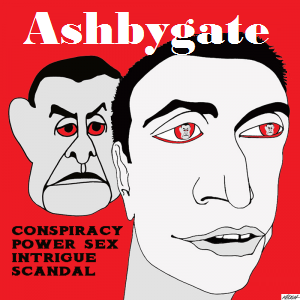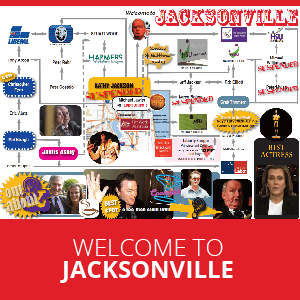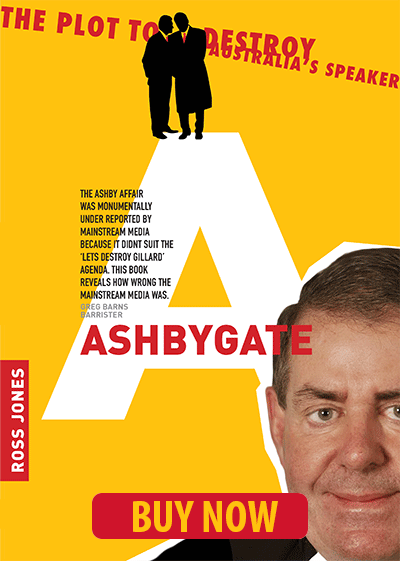Today’s music scene pulses with artists who embrace technology to push boundaries, fuse genres and challenge expectations.
Whether using AI-generated sounds, biofeedback interfaces, or gesture-controlled instruments, these creators are rewriting the rules and reshaping what music can become. AI music and break into the job market has become a real conversation starter, highlighting how tech is transforming creative careers and democratising access.
In this article, we’ll explore how selected artists are shifting the landscape using unconventional tools, and we’ll share actionable insights so musicians, producers and curious listeners can get in on the wave.
AI as a creative co-collaborator
AI music creation isn't automation but collaboration. Tools like Google's Magenta, Suno and Amper let artists jam with AI-suggested melodies, rhythms and textures. The key is to use those as launchpads, not the final products. Artists receive a creative spark without relinquishing control.
A fine example is Galen Tipton, who brought her "brain scratch" style into the mainstream, a mix of ASMR, IDM, and hyperpop sounds. Tipton uses AI speech tools alongside improvised plug-ins to create soundscapes that cannot be explained away. Her songs demonstrate how AI can energise imagination rather than replace it.
Biology becomes an instrument
Some of the most creative artists are taking another route: turning the human body into a musical instrument. Italian performance artist Marco Donnarumma developed the "XTH Sense," a wearable device that translates muscle sounds, heart rate and blood flow into sound. When muscle fibres contract, the system records these internal vibrations using microphones and software and turns them into live performance music.
Sold-out shows of his Body Series, such as 'Hypo Chrysos' and 'Music for Flesh II', demonstrate a body-related relationship between sound and physiology. In these compositions, Donnarumma uses his own body to play music in real time, becoming a physiological performance.
Blurring identity, politics and tech
Technology is likewise a vehicle for cultural critique. Galen Tipton's music is not merely experimental; it's having conversations about conceptions of identity, accessibility, and transformation, making her the keynote performer in the ways that genre-bending can tell personal and cultural narratives.
It is part of a larger trend within the realm of genre-bending: artists leveraging digital transformation not just sound-based, but as a vehicle to push against who gets to create, who gets represented and who gets looked at.
Industry trends and data
Music sites are playing catch-up to the rise of tech-driven content. Wikipedia defines hyperpop, an aggressive, maximalist blend of avant-garde and pop, as a movement that started in the early 2010s. Tipton's music is a clear inheritor of that experimental legacy.
Although exact numbers on AI-composed music are not yet out, others in the industry estimate roughly that AI-generated tracks comprise an ever-growing percentage of fresh posts and that fans are requesting hybrid, genre-fusing works.
Actionable tips for creative tech use
The following represent concrete methods artists can work with tech to redefine genres:
1. Experiment with free AI tools
Try open-source platforms like Magenta or user-friendly tools like Suno or Amper to generate ideas. Work with AI outputs as raw material. Build on top with your own melodies, recordings or arrangements.
2. Work with wearable or gesture technology
Simplify things. MIDI gloves, touchpads, or even smartphone applications can translate movement into sound. For more advanced setups, research using open-source biofeedback kits, such as DIY XTH Sense-like versions.
3. Clarify your identity and message
Tech is not politically neutral. Mind what your company of AI work signifies. Like Tipton, use sonic exploration to elevate identity, culture, or social critique.
4. Be efficient and protect your work
With colliding AI, samples, and biological inputs, maintain metadata diligently. Label sources clearly and protect rights. When AI instruments become mainstream, accurate documentation preserves originality.
5. Engage culture with process
Give a peek behind the curtain. Describe how an AI algorithm affected a track, or how a wearable device translated your heartbeats into bed tracks. Context is crucial to authenticity.
Artists redefining the space
Galen Tipton
With her "brain scratch" approach, she weaves ASMR, hyperpop and AI speech tools together into unstable sonic textures.
Marco Donnarumma
Pioneer of biophysical music through the XTH Sense, charting muscle sound as performance.
Emerging hyperpop producers
In the wake of PC Music and SOPHIE, the majority are combining pop form with experimental sound design.
Looking ahead
Machine-based art is accelerating. AI co-creation tools are evolving rapidly, and new groups are forming around hybrid creative practices. The next genreless wave will likely come from human-machine-biological collaborations.
Platforms and labels are beginning to shift, producing AI-enhanced works and redefining credits and royalties. To artists, the door is open wide to experiment in identity, sound and tech.




